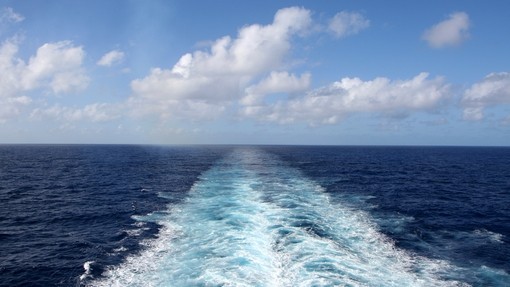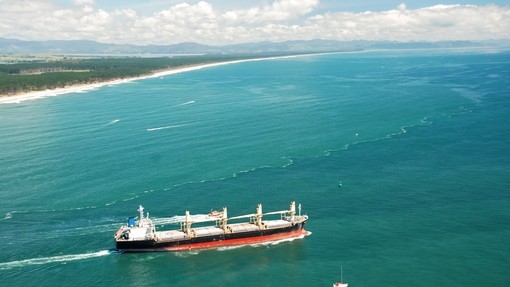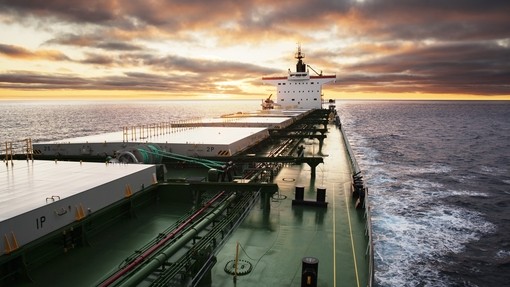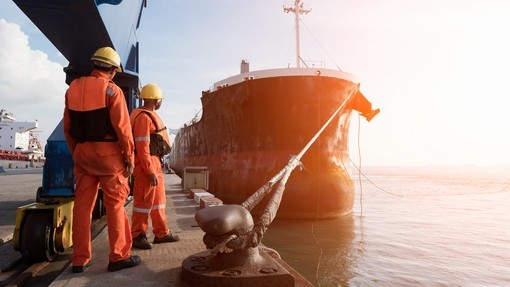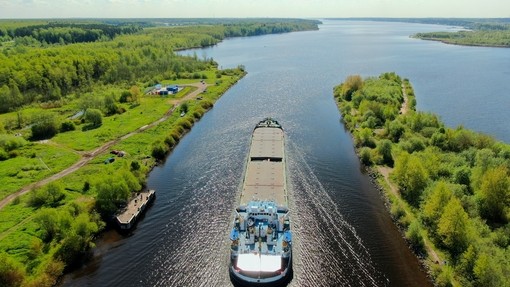Transgrain Shipping (Singapore) Pte Limited -v- Yangtze Navigation (Hong Kong) Co. Limited [2017] EWCA Civ 2107 (MV “YANGTZE XING HUA”)
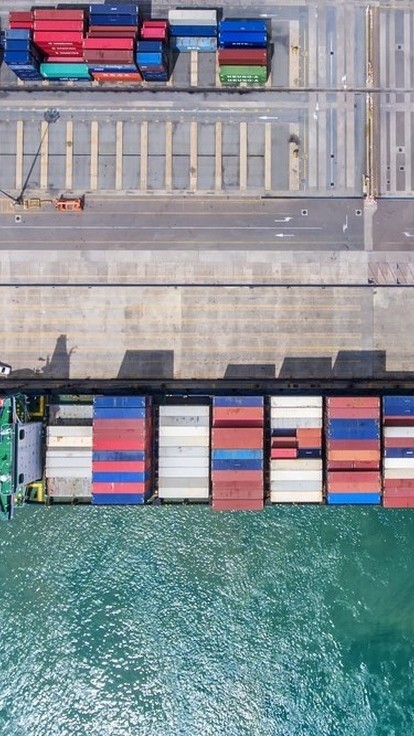
Details
Introduction
In this recent case, the Court of Appeal had to construe clause 8(d) of the Inter-Club Agreement 1996 (the ICA) and in particular whether the word ‘act’ in the phrase ‘act or neglect’ meant a culpable act in the sense of fault or whether it meant any act, whether culpable or not.
Factual background
The claimant owners brought arbitration proceedings against the respondent charterers in respect of cargo damage. It was common ground that liability was to be settled in accordance with clause 8(d) of the ICA, which provided for a 50/50 liability split between owners and charterers for all other cargo claims not considered under clause 8 (a) to (c), unless there was clear and irrefutable evidence that the claim arose out of the ‘act or neglect’ of the one or the other.
The tribunal found that the cause of the damage was the inherent nature of the cargo, together with a prolonged period of four months at anchor at the discharge port, as ordered by charterers. The tribunal rejected all the allegations made against the owners and also held that the charterers were not in breach or at fault of neglect in loading the cargo, but what in fact they loaded, together with the instructions to wait outside the discharge port, were in all probability the cause of the damage.
In considering the application of clause 8(d) the tribunal held that ‘act’ was to be distinguished from fault, breach of contract or neglect. Either party had to bear the risk of something going wrong and charterers’ decision not only to protect their position but probably to profit from it either by employing the ship as cheap floating storage or ensuring that the goods could be diverted easily was an ‘act’ falling within clause 8(d). Therefore charterers were liable for 100% of the consequences.
On appeal to the High Court (a summary of which can be found in our January 2017 case digest), charterers submitted that ‘act’ meant ‘culpable act’ and that the phrase ‘act or neglect’ compendiously meant ‘fault’. Teare J disagreed and upheld the LMAA arbitrators’ award, finding that the clause was not concerned with fault, but was instead a mechanism for assigning liability for cargo claims by reference to the cause of the damage to the cargo, regardless of fault.
Charterers appealed. They made six main submissions before the Court of Appeal (nb the full wording of clause 8 of the ICA can be found at the end of this article):
- The first and second versions of the ICA – in 1970 and 1984 – were predicated on fault; any intention to drop the concept of fault in the 1996 version would have been clearly expressed;
- Sub-clauses (a) and (b) in the 1996 version still required fault; it would be consistent with those provisions to construe ‘act’ as requiring fault;
- If ‘act’ meant ‘any act’ in sub-clauses (c) and (d), that would be inconsistent with, and cut across, sub-clauses (a) and (b);
- If any ‘act’ of the charterers sufficed for the purposes of sub-clauses (c) and (d), the initial order to load cargo would count as an ‘act’; the only constraint on such an interpretation would be some doctrine of ‘effective’ or ‘proximate’ cause which would be difficult to assess and contrary to the intended mechanistic application of the ICA;
- The judge’s interpretation amounted to an automatic indemnity being given by charterers to owners; if that was intended, sub-clause (d) would have provided for charterers to be 100% liable; and
- Such case law as there was that supported charterers’ submissions.
Legal Issues
The Court of Appeal (with Longmore LJ giving the leading judgment) unanimously dismissed the appeal: the word ‘act’ should be given its natural meaning and there was no need to confine it to ‘culpable act’.
Longmore LJ outlined the history and background of the ICA, but, like Teare J, he seriously doubted the helpfulness of considering the ICA in its previous incarnations. The present sub-clause (d) did not use the word ‘fault’ at all. Comparing the present and previous states of the ICA would not be of assistance, since they said different things. The difference between the earlier and later versions of clause 8(d) was clear.
On charterers’ second and third points regarding the consistency between the various sub-clauses, his lordship agreed that sub-clauses (a) and (b) used phrases that encompassed fault but noted that claims under these heads did not necessarily require it. Under sub-clause (a) there was no requirement that claims arising out of unseaworthiness had to occur because the owner had failed to exercise due diligence to make the vessel seaworthy. Further, the reference to ‘failure properly to load’ etc. under sub-clause (b) did not presuppose negligence: the word ‘properly’ in this context was a factual state of affairs, not a requirement that there had to be fault.
The division between unseaworthiness claims and loading/stowage claims reflected the respective areas of risk of owners and charterers, but that did not mean that these sub-clauses presupposed or required fault. Consequently it was not necessary to construe ‘act’ in sub-clauses (c) and (d) as requiring fault to achieve some sort of consistency between the sub-clauses. Conversely, construing ‘act’ as not requiring fault was not inconsistent with sub-clauses (a) and (b) and did not cut across them.
Both the fourth and fifth points failed for the reason that, to rely on an act of the owners, the act had to at least be causative of the damage and there was no automatic right of indemnity for such an act. Maritime law (as in other areas of law) has worked out how causation is to be dealt with, as for example in the express or implied indemnity given to owners for following charterers’ orders in The Ann Stathatos [1949] 83 Lloyds LR 228, a finding which was closely analogous to charterers’ point.
In respect of charterers’ final point on similar cases, counsel for both sides were correct not to place much reliance on existing authorities on the construction of ‘act or neglect’ given that everything had to depend on context. None of the authorities cited were analogous to the dispute in the present case. Longmore LJ noted that such limited authority as there was on the construction of the words ‘act or omission of the shipper’ in Article IV rule 2(i) of the Hague-Visby Rules did not suggest that the relevant ‘act’ had to be culpable before the owner could rely on it.
Hamblen LJ, in his own succinct judgment emphasised that the critical factual question under clause 8 was that of causation: did the claim ‘in fact’ arise out of the act, operation or state of affairs described? It did not depend upon legal or moral culpability, nor was there any stated or obvious criterion against which such culpability was to be judged. Clause 8(d) was a sweep up provision which only applied where there was no apportionment under sub-clauses (a) to (c).
Comment
In upholding the High Court’s finding on the construction of the word ‘act’ the Court of Appeal has reiterated that the ICA’s primary role is the mechanical apportionment of liability where the critical factual question is that of causation.
As the Court noted, causation is always central to the operation of the ICA when proof ‘in fact’ is required. The issue of causation is the same whether one is considering the consequence of an identified act or an act of neglect, although proof of effective causation may be more difficult.
Parties will need to bear in mind that even a reasonable decision taken in their best commercial interests may lead to liability if it is ‘clear and irrefutable’ that the ‘act’ resulting from that decision (here, staying out at anchorage pending payment for the cargo) caused the cargo losses claimed.
Clause 8 inter-club agreement
‘(8) Cargo claims shall be apportioned as follows:
- Claims in fact arising out of unseaworthiness and/or error or fault in navigation or management of the vessel:
100% Owners
save where the owner proves that the unseaworthiness was caused by the loading, stowage, lashing, discharge or other handling of the cargo, in which case the claim shall be apportioned under sub-clause (b)
- Claims in fact arising out of the loading, stowage, lashing, discharge, storage or other handling of cargo:
100% Charterers
Unless the words ‘and responsibility’ are added in clause 8 or there is a similar amendment making the master responsible for cargo handling in which case:
50% Charterers
50% Owners
Save where the Charterers prove that the failure properly to load, stow, lash, discharge or handle the cargo was caused by the unseaworthiness of the vessel in which case:
100% Owners
- Subject to (a) and (b) above, claims for shortage or over carriage:
50% Charterers
50% Owners
Unless there is clear and irrefutable evidence that the claim arose out of pilferage or act or neglect by one or the other (including their servants or subcontractors) in which case that party shall bear 100% of the claim
- All other cargo claims whatsoever (including claims for delay to cargo):
50% Charterers
50% Owners
Unless there is clear and irrefutable evidence that the claim arose out of the act or neglect of the one or the other (including their servants or sub-contractors) in which case that party shall bear 100% of the claim.’
This article originally appeared in the January 2018 edition of shipping case digest. Other articles include:
Trafigura Beheer BV -v- Renbrandt Ltd [2017] EWHC 3100 (comm)


